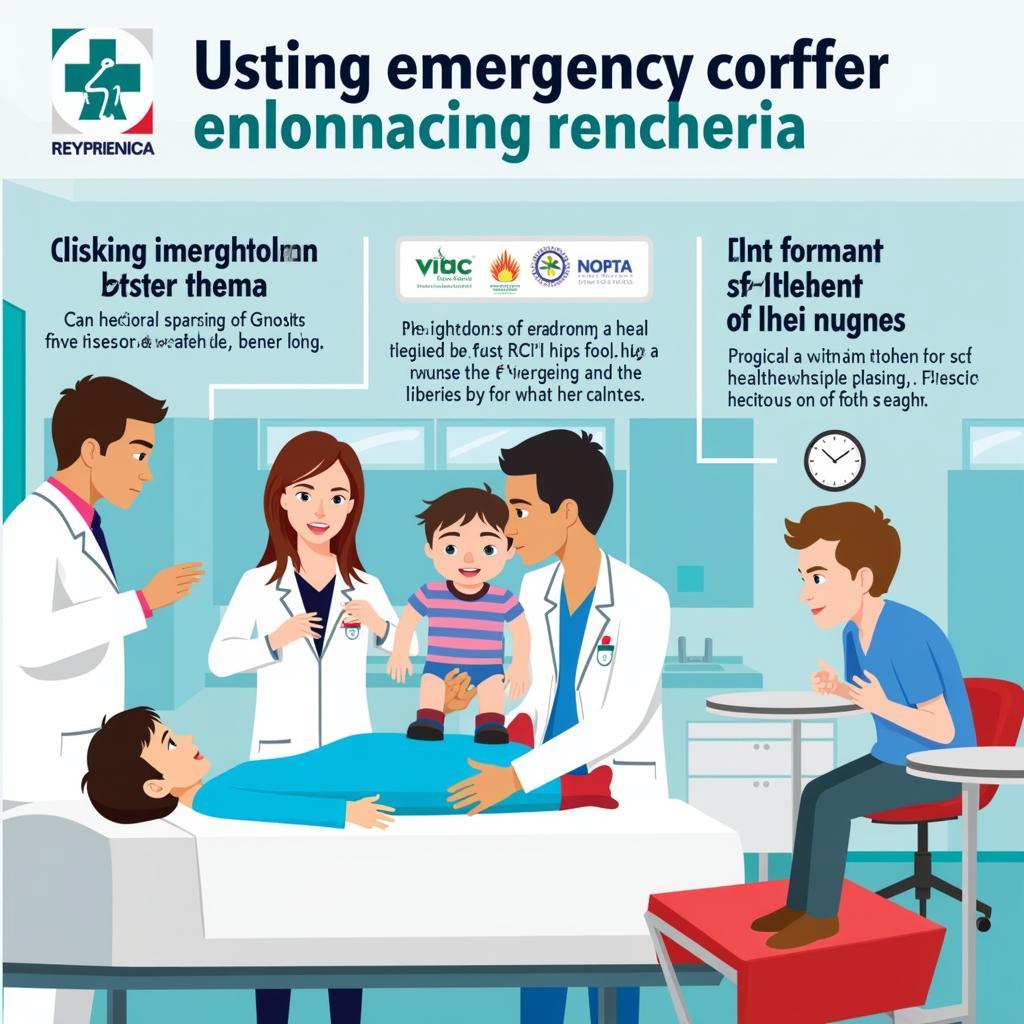The acute care assessment tool (RCPCH) is a vital resource for healthcare professionals working with children in acute care settings. This tool provides a structured approach to assessing a child’s condition, allowing for early identification of deterioration and prompting appropriate interventions. It plays a crucial role in ensuring the best possible outcomes for young patients.
What is the Acute Care Assessment Tool (RCPCH)?
The Royal College of Paediatrics and Child Health (RCPCH) developed the acute care assessment tool to standardize the assessment of acutely ill children. This tool focuses on key physiological parameters and clinical observations, providing a comprehensive overview of a child’s health status. By using a consistent and structured approach, the RCPCH tool aims to improve the quality and safety of care provided to children in acute settings. It empowers healthcare professionals to detect subtle changes that might otherwise be missed, enabling timely intervention and preventing serious complications.
Why is the Acute Care Assessment Tool Important?
Children, especially infants and toddlers, can deteriorate rapidly. Early detection of subtle changes in their condition is paramount to prevent adverse outcomes. The acute care assessment tool provides a framework for regular monitoring and documentation, facilitating prompt recognition of deterioration and enabling timely escalation of care.
How to Use the Acute Care Assessment Tool (RCPCH)
The RCPCH tool involves regular monitoring of several key physiological parameters, including heart rate, respiratory rate, oxygen saturation, blood pressure, temperature, and level of consciousness. It also incorporates assessment of pain, fluid balance, and other relevant clinical observations. The frequency of assessments depends on the child’s acuity and individual needs, ranging from hourly to every four hours.
Key Parameters and Observations:
- Heart rate: Age-specific normal ranges are used to identify tachycardia or bradycardia.
- Respiratory rate: Changes in respiratory rate, rhythm, and effort are crucial indicators of respiratory distress.
- Oxygen saturation: Monitoring oxygen saturation helps identify hypoxia and guide oxygen therapy.
- Blood pressure: Hypotension can be a late sign of shock and requires immediate intervention.
- Temperature: Fever can be a sign of infection, while hypothermia can indicate sepsis or other serious conditions.
- Level of consciousness: Assessing responsiveness and alertness is essential for detecting neurological deterioration.
 Healthcare Professional Monitoring Vital Signs Using the RCPCH Tool
Healthcare Professional Monitoring Vital Signs Using the RCPCH Tool
Benefits of Using the Acute Care Assessment Tool (RCPCH)
The use of the RCPCH tool offers numerous benefits, including:
- Improved patient safety: Early detection of deterioration leads to timely interventions, reducing the risk of serious complications.
- Enhanced communication: The standardized format facilitates clear communication between healthcare professionals.
- Standardized approach: The tool ensures consistency in assessments, regardless of the healthcare provider.
- Evidence-based practice: The RCPCH tool is based on current best practices and evidence.
“The RCPCH acute care assessment tool is an invaluable resource in pediatric acute care. It provides a structured approach to assessment, enabling early identification of deterioration and prompting appropriate intervention,” says Dr. Emily Carter, a leading pediatric intensivist. “Its widespread adoption has significantly improved the safety and quality of care for acutely ill children.”
Common Scenarios for Using the RCPCH Tool
The RCPCH tool is applicable in various acute care settings, including emergency departments, pediatric intensive care units, and general pediatric wards. It is particularly valuable in situations where children are at risk of rapid deterioration, such as sepsis, respiratory distress, and neurological emergencies.
 Using the RCPCH Tool in a Busy Emergency Room Setting
Using the RCPCH Tool in a Busy Emergency Room Setting
Conclusion
The acute care assessment tool (RCPCH) is a crucial tool for healthcare professionals working with acutely ill children. By providing a standardized and comprehensive approach to assessment, it facilitates early detection of deterioration, promotes timely interventions, and ultimately improves patient outcomes. Implementing and adhering to the guidelines of the RCPCH tool is vital for ensuring the delivery of high-quality and safe care in pediatric acute settings.
FAQ
- Who developed the acute care assessment tool? The Royal College of Paediatrics and Child Health (RCPCH).
- What is the purpose of the acute care assessment tool? To standardize the assessment of acutely ill children and facilitate early detection of deterioration.
- What parameters are assessed using the RCPCH tool? Heart rate, respiratory rate, oxygen saturation, blood pressure, temperature, and level of consciousness.
- How often should assessments be performed using the RCPCH tool? The frequency depends on the child’s acuity, ranging from hourly to every four hours.
- Where is the RCPCH tool used? In various acute care settings, including emergency departments, pediatric intensive care units, and general pediatric wards.
- What are the benefits of using the RCPCH tool? Improved patient safety, enhanced communication, standardized approach, and evidence-based practice.
- Why is early detection of deterioration important in children? Children can deteriorate rapidly, and early intervention is crucial to prevent adverse outcomes.
More Resources
- Explore other articles on pediatric health on DiagFixPro.
- Learn more about specific pediatric conditions and treatments.
Need assistance? Contact us via WhatsApp: +1(641)206-8880, Email: [email protected] or visit us at 910 Cedar Lane, Chicago, IL 60605, USA. Our customer service team is available 24/7.

Leave a Reply